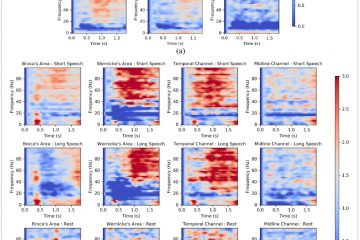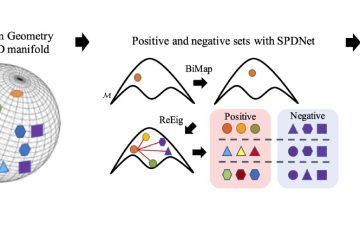Affective Intelligence
Biomedical Intelligence/AI for Healthcare
Brain-Computer Interfaces
Affect-driven Robot Behavior Learning System using EEG
Learning from human feedback using event related electroencephalography (EEG) signals has attracted extensive attention recently owing to their intuitive communication ability by decoding user intentions. However, this approach requires users to perform specified tasks and Read more…

